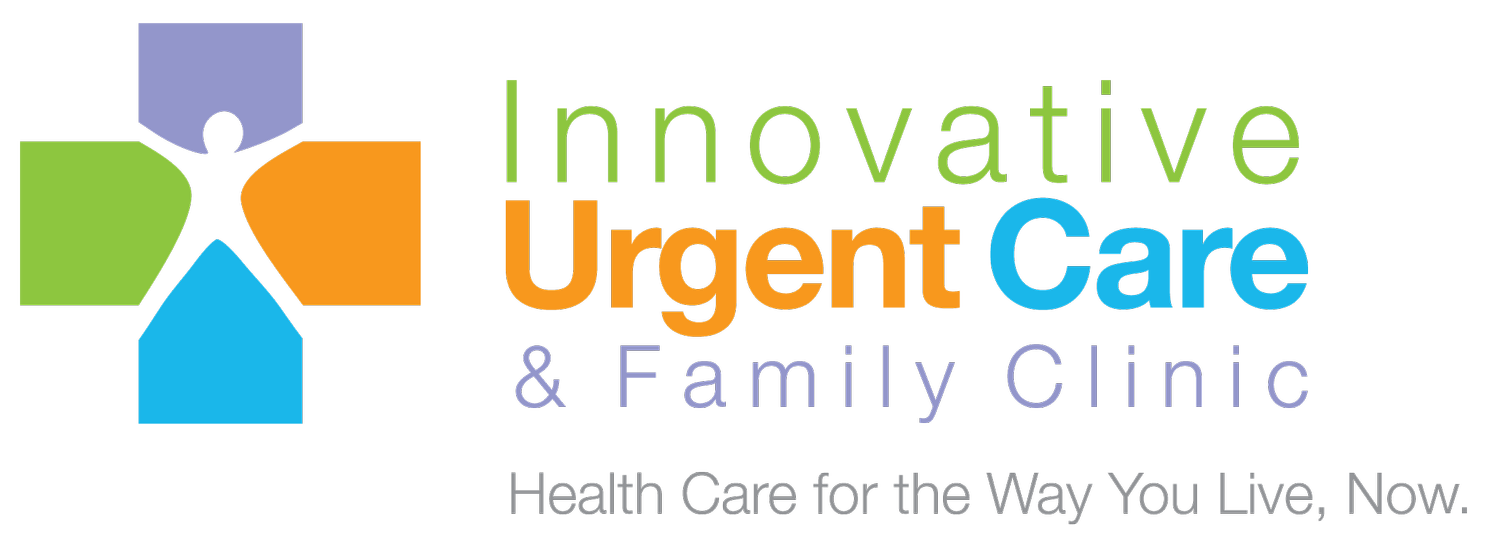Gabapentin: Uses, Risks, and Misuse
Gabapentin, known by brand names such as Neurontin, Gralise, and Horizant, was first approved by the FDA in 1993 for the treatment of epilepsy. Later, in 2004, it was also approved for managing post-herpetic neuralgia (nerve pain following shingles). However, today, nearly 95% of gabapentin prescriptions are for off-label uses, including some forms of anxiety disorders, pain management, and alcohol use disorder (AUD).
How Gabapentin Works
Gabapentin is structurally similar to the neurotransmitter gamma-aminobutyric acid (GABA), but it does not affect GABA binding, uptake, or degradation. Instead, gabapentin binds to voltage-activated calcium channels in the brain, though the exact relationship between this binding and its therapeutic effects remains unclear.
Risks of Combining Gabapentin with Other Drugs
While gabapentin is generally considered safe at prescribed doses, it can be dangerous when used with other central nervous system (CNS) depressants, such as opioids, antidepressants, antihistamines, and benzodiazepines. This combination can lead to respiratory depression, which can be fatal. In 2022, the FDA issued a warning about serious breathing difficulties for patients with respiratory risk factors using gabapentin alongside opioids or other CNS depressants.
Gabapentin Misuse and Abuse
Although gabapentin is not a federally controlled substance, it has potential for misuse and abuse. States like Alabama, Kentucky, Michigan, North Dakota, Tennessee, Virginia, and West Virginia have classified it as a controlled substance due to increasing reports of misuse. People misuse gabapentin for its effects, such as improved sociability, increased energy, relaxation similar to marijuana, or dissociation.
From 2002 to 2015, there was a significant increase in gabapentin diversion reports. By 2019, gabapentin became the seventh most prescribed drug in the U.S. and remains in the top 10 today. Overdose deaths involving gabapentin also doubled from the first quarter of 2019 to the second quarter of 2020. To combat this trend, patient education about the risks of combining gabapentin with CNS depressants is crucial.
Signs of Gabapentin Misuse
Signs of gabapentin misuse include developing tolerance, escalating doses, and drug-seeking behavior. Those with a history of opioid abuse are particularly at risk. To minimize abuse, prescribers should evaluate patient risk factors before prescribing gabapentin.
Co-Positive Drug Classes with Gabapentin
An analysis of gabapentin use in Q1 of 2023 and 2024 revealed the top five drug classes found alongside gabapentin:
Opioids: Co-administration of opioids and gabapentin increases CNS depression risks, including somnolence, sedation, and respiratory depression. Gabapentin enhances the analgesic effects of opioids, potentially leading to higher abuse rates.
Buprenorphine and Opioid Antagonists: These drugs are often prescribed together in behavioral health settings. The combination with gabapentin can result in CNS depression. Using alternatives or adjusting doses is recommended.
Benzodiazepines: When combined with gabapentin, there is an increased risk of respiratory depression and exacerbation of side effects like dizziness, drowsiness, and confusion.
Antidepressants: Co-administration with gabapentin can lead to increased risks, such as hyponatremia and seizures. Gabapentin is sometimes used for anxiety disorders but not for OCD, PTSD, or major depressive disorder.
Amphetamines and Alcohol Biomarkers: Gabapentin is not effective for treating stimulant use disorders and may exacerbate seizures. While not FDA-approved for AUD, gabapentin has shown efficacy in reducing alcohol cravings and withdrawal symptoms.
Conclusion
Gabapentin can be effective for managing certain pain conditions, AUD, and some anxiety disorders. However, it poses risks when used with CNS depressants or in high doses. To minimize misuse and enhance patient safety, healthcare providers should closely monitor patients, especially those with a history of substance abuse, and educate them about the dangers of gabapentin.

